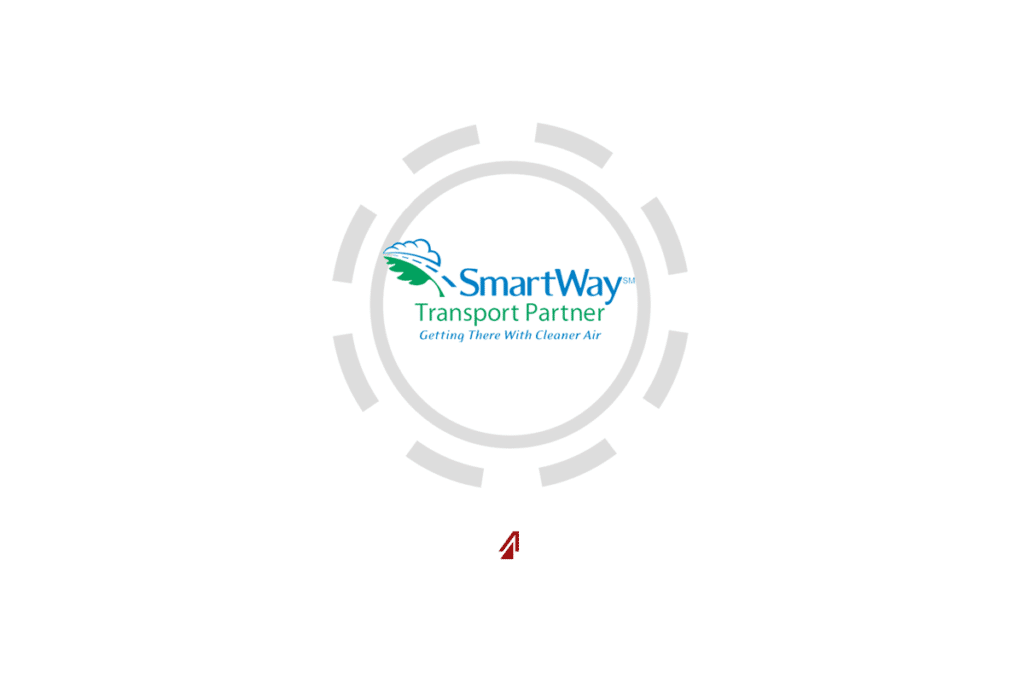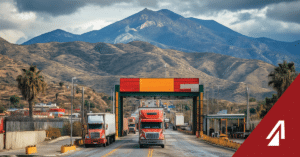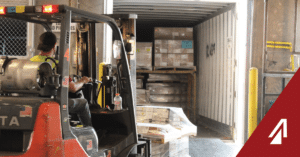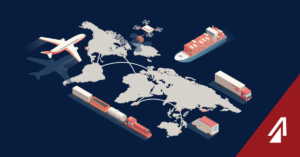Environmental impact has been a large concern for the logistics industry over the past few decades. Between 1990 and 2013, carbon emissions from logistics operations grew by over fifty percent, and the EPA estimates that they will double by 2040. This means freight companies, carriers, and 3PLs will need to find ways to be more responsible if they want to do their part to protect the environment. One way to help is to join the EPA’s SmartWay Sustainability Program. This program is a way for companies to find greener solutions for their logistics operations while also putting more green in their pockets.
What Is SmartWay?
SmartWay is a program that was developed by the US Environmental Protection Agency (EPA) to help address the trends and challenges that the growing logistics industry poses to the environment. It was founded in 2004 as a voluntary, public-private association where private companies can find more sustainable resources to manage their supply chains. Companies can use SmartWay to help measure, benchmark, and improve logistics operations to help reduce their environmental footprint and see significant savings to their bottom line.
How Can SmartWay Make Logistics More Sustainable?
The SmartWay program can help companies in several ways. First, SmartWay provides a way for private companies to directly collaborate with the EPA and each other to improve logistics operations sustainability. Companies can easily identify other SmartWay partners by the SmartWay partner list, hosted by the EPA, and many companies proudly display their membership on their websites and marketing materials. It is important to work with and support like-minded companies to help promote sustainability and encourage participation from other companies.
Another way SmartWay helps companies is accelerating availability of fuel-saving technologies and practices. These help companies save on fuel and other costs, as well as reducing adverse environmental impacts. Some of these technologies include electric vehicles, natural gas vehicles, and environmentally conscious infrastructure.
A final way for SmartWay to help companies is to work with national and global organizations to harmonize sustainability accounting methods and standards. SmartWay works with global policy makers to design and implement similar sustainability programs to itself worldwide. This helps ensure that international businesses can operate the same abroad as they do domestically – with suppliers and carriers that are environmentally conscious.
How to Join SmartWay?
Any company or organization that ships, manages, or hauls freight can apply to be a SmartWay member. First, go to their website and determine which type of partner you are – Shipper (company or organization that ships or receives freight), Carrier (company or organization that moves goods for shippers), or Logistics Company (companies that hire freight carriers and manage shipments for shippers).
Once you know which partner you are, follow the correct link that corresponds with your partnership type. Each page will outline benefits and additional information for joining SmartWay, then you simply fill out the application. From there, SmartWay will work with you to become an official SmartWay partner.
So, what is the big deal about SmartWay? It is a great way to show that you are committed to help the logistics industry become more sustainable and improve the environment. It is a great networking tool to find other companies that are equally committed too. Partners help the EPA provide smarter, greener options to the logistics marketplace and they help do it all over the world. SmartWay is a great option for any company in logistics to track their environmental impact and develop ways to improve. Get started today!



